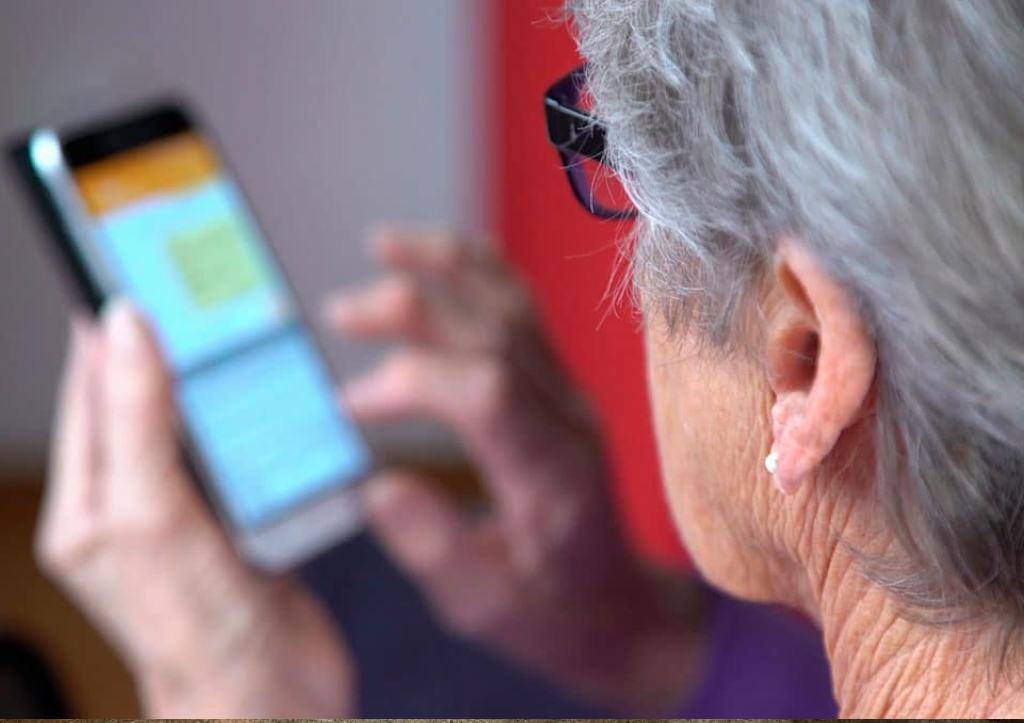
Seniors and the Digital Divide
Platform of Seniors and Pensioners
Inclusive digitisation is INDISPENSABLE and FUNDAMENTAL to bridge the digital divide, and ensure equal rights and opportunities.
The characteristics of digitisation are:
- UNIVERSAL: for all people. Regardless of geography and the social, economic and educational level of the individual. The first step is to ensure the infrastructure for internet access.
- PERSON CENTRED: optimising and personalising the user experience. Older people should be proactive actors and participants in the design, making them co-creators of the interfaces, which should be simple and user-friendly (apps, virtual assistants, Alexa-type skills, smart TVs...).
- LEGIBLE: clear language should be used in administration. Simple wording that makes it easy for people to understand what is written.
- ACCESSIBLE: must be usable by people with functional diversity using, for example, virtual assistants to voice content and communicate in natural language; biometric authentication by voice and facial authentication...
- ACCOMPANIED: the transition must be supported and accompanied to provide the necessary training and security for people to cope with the change.
We must not forget that technology should be a support, not a substitute for people to people, and we must see it as an opportunity to communicate with those who are far away or have common concerns, to travel and get to know places we could not reach, to train from home, receive assistance, speed up benefit procedures, promote autonomy... with respect for the dignity of each person and their life project, in which they will be the active subject and owner of their own decisions.
Technology should be a means, not an end, to improve the quality of life of citizens, but there are cases in which it is no longer an option but the only way for people to do things they would not be able to do otherwise: think of assistive technologies, robotic limbs for amputees, exoskeletons, apps for communication for people with hearing or visual impairments... Digitalisation has great potential to break down barriers of discrimination related to mobility or communication skills, favouring people's autonomy and social and labour inclusion.







Add comment